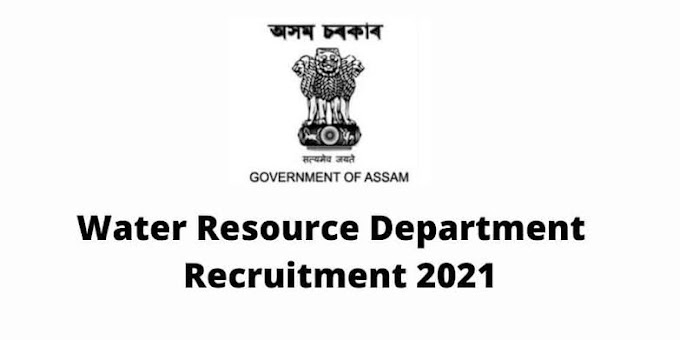Classification:
Bricks can broadly be divided into two categories.
(i) Unburnt or sun dried bricks
(ii) Burnt bricks
(i) Un burnt or Sun dried bricks- Un burnt or sun dried with the help of heat received from sun after the process of moulding. These bricks can only be used in the constructions of temporary and cheap structures. Such bricks should not be used at places exposed to heavy rains.
(ii) Burnt Bricks: The bricks used in construction works are burnt bricks and they are classified into the following four categories.
a. First Class bricks: These bricks are table moulded and of standard shape. The surface and edges of the bricks are sharp, square, smooth and straight. The comply all the qualities of good bricks and used for superior work of permanent nature.
b. Second class bricks: These bricks are ground moulded and they are burnt in kilns. The surface of bricks is some what rough and shape is also slightly irregular. These bricks are commonly used at places where brick work is to be provided with a coat of plaster.
c. Third class bricks: These bricks are ground moulded and they burnt in clamps. These bricks are not hard and they have rough surfaces with irregular and distorted edges. These bricks give dull sound when struck together. They are used for unimportant and temporary structures and at places where rainfall is not heavy.
d. Fourth class bricks: These are over burnt bricks with irregular shape and dark colour. These bricks are used as aggregate for concrete in foundation, floors, roads, etc because of the fact that the over burnt bricks have compacted structure and hence, they are some times found stronger than even first class bricks.
Qualities of Good Brick:
(i) Bricks should be table moulded, well burnt in kilns, copper coloured, free from cracks and with sharp and square edges.
(ii) Bricks should be uniform shape and should be of standard size.
(iii) Bricks should give clear ringing sound when struck each other.
(iv) Bricks when broken should show a bright homogeneous and compact structure free from voids.
(v) Bricks should not absorb water more than 20 percent by weight for first class bricks and 22 percent by weight for second class bricks, when soaked in coldwater for a period of 24 hours.
(vi) Bricks should be sufficiently hard no impression, should be left on brick surface, when it is scratched with finger nail.
(vii) Bricks should be low thermal conductivity and they should be sound proof.
(viii) Bricks should not break when dropped flat on hard ground from a height of about one meter.
(ix) Bricks, when soaked in water for 24hours, should not show deposits of white salts when allowed to dry in shade.
(x) No brick should have crushing strength below 55kg/cm²
SPECIAL TYPES OF BRICKS : IN TERMS OF DIFFERENT SHAPES
Special Types: Bricks are made in a wide range of shapes and to suit the requirements of the location where they are to be used. Special form of bricks may be needed due to structural consideration or for ornamental decoration as defined by the architect. Specially moulded bricks avoid the cumbersome process of cutting and rounding the rectangular bricks to the desired shape. Some of the special types of bricks commonly used are given below.
a. Squint Bricks: These bricks are made in a variety of shapes and are used to the construction of a cute and obtuse squint quoins as shown in the fig.
b. Bull Nosed Bricks: These bricks are used to form rounded quoins.
c. Perforated Bricks: These bricks may be standard size bricks produced with perforations running through their thickness. Perforated bricks are easy to burn and their light weight makes it possible to cut down the weight of the structure and effect in foundations. The aperture of the perforations is such that it gives maximum amount of ventilation. But does not permit the entry of rats or mice. These bricks are used for constructing load bearing walls of low buildings, panel walls for multistorey buildings and for providing partition walls.
d. Hallow Bricks: These bricks are made of clay and are provided with one or more cavities. Hallow bricks are light in weight and are used to increase insulation against heat and dampness. They are used for the construction of load bearing walls, partition walls or panel walls to multistorey buildings.
e. Circular Bricks: These bricks have internal and external faces curved to meet the requirement of the particular curve and radius of the wall. These bricks are used for wells, towers etc .
f. Plinth cornice and String Course Brick: These bricks are moulded in several patterns with the object of adding architectural beauty to the structure and at the same time to helping to throw the rack water off the face of the walls.
g. Coping Bricks: These bricks are manufactured in a variety of shapes to set the thickness of the wall and are throated on the underside to throw off rain water as shown in the fig.














0 Comments